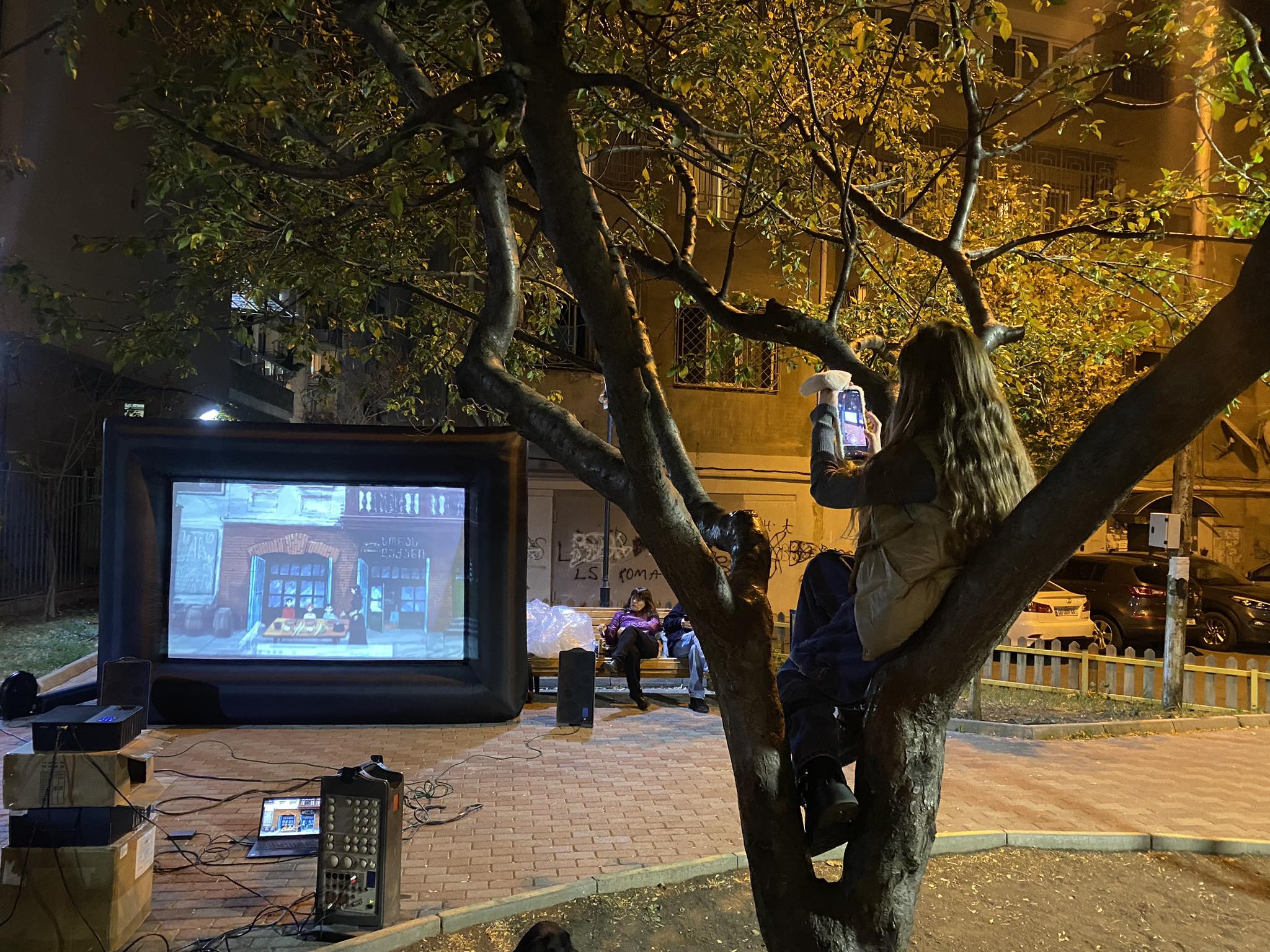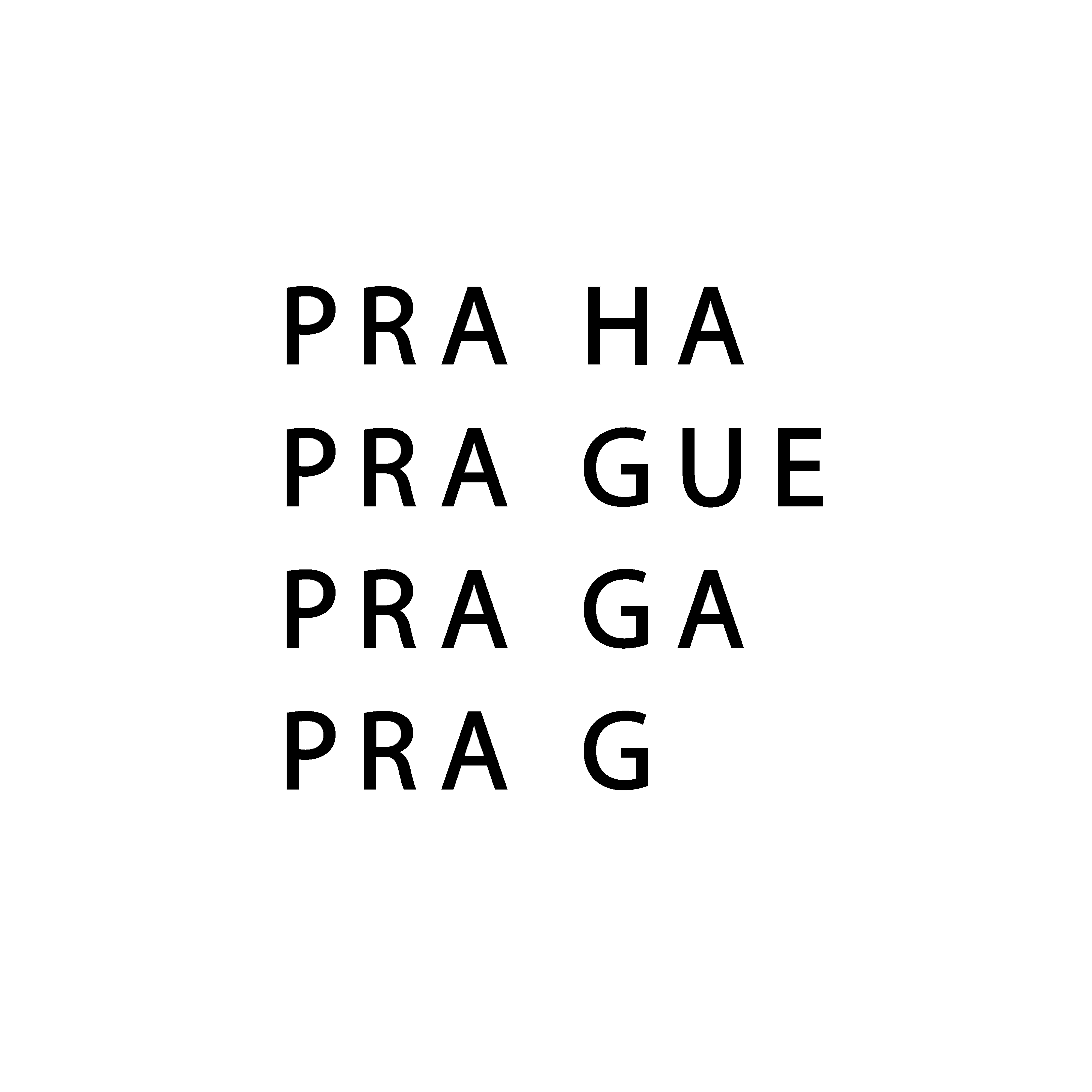Too Cool for School: Building Young Audiences
DOCUMENTARIES ARE COOL
INNOVATIVE EDUCATION
AUTHOR: Dina Pokrajac, Dokukino KIC Manager (Restart, Croatia)
“Our program is primarily focused on young audiences, especially students, who we try to encourage to develop open critical thinking and participate in interactive discussions; at the same time, we want to promote socially engaged and artistically accomplished documentaries. We strongly believe in the future of cinema and feel that nothing can match the magic of a film screening event, carefully selected film programs and the collective experience of watching and thinking about films.”
Dina
Reaching Young Audiences
In Croatia, as many as 40% of 16-29-year-olds do not regularly visit the cinema. It should also be emphasized how, according to the number of tickets sold, most young people who visit cinemas belong to those who follow American production consisting of Hollywood franchises and blockbusters. In contrast, independent European production lags significantly behind (the share of American films is 82% of the audience). Those who we call “digital natives” grew up with the Internet, and they mainly communicate through social networks and digital technology. The crisis caused by the COVID-19 pandemic has further amplified the appetite of young generations for online content and increasingly individualized and alienated ways of watching movies via various digital screens. This data is alarming and underlines the uncertainty of the long-term survival of independent cinemas.

At Dokukino in Croatia, we run several programs for kids, teens and young adults that try to counter these negative tendencies by encouraging participation and democratizing the film selection, production, and distribution process. Even if you are not a cinema owner, this chapter could inspire you to work with young audiences who can turn into regular visitors as they age.
Democracy for Beginners - Encourage Open Critical Reflection
Demokracija za početnike (Democracy for Beginners) is a series of screenings of documentary films accompanied by interactive discussions to raise awareness among children of primary and secondary school age about the challenges of modern society, to define basic terms, and to encourage open critical reflection. The program is organized in cooperation with the Croatian Debate Society.
Through these special projects, we want to create a safe space for debate where high school students can approach serious and sensitive topics, learn how to express their attitudes towards and opinions about the film and its theme, and form clear argumentation. The films are selected according to topics that concern current challenges for young people, broader social issues in general, indications of rights and responsibilities, moral relationships, and actions towards peers, as well as responsibility towards oneself and the wider environment.
Some of the films we recently screened from the KineDok catalog were Colors of Tobihttps://kinedok.net/film/colors-of-tobi (2021), which addresses transgender identity and the struggle for acceptance, and Easy Lessonshttps://kinedok.net/film/easy-lessons (2018), which sheds light on the migrant experience through the story of Kafia, who tries to adapt to a culture completely different than the one she was born into.
Both these films deal with their topics from teenagers’ perspective, making them more relatable and approachable. We encourage the children to verbalize their dilemmas and disagreements, to ask questions, and to express their opinions. For certain films, we had problems with obtaining permission from their parents and teachers because of the topic sensitivity (for instance, transgender identity, teenage pregnancy, alcohol, and narcotic consumption).
Still, we managed to convince them in the end by stressing that we would provide a balanced perspective through moderated discussions and expert introductions. In such situations, a written recommendation by a public body (in our case, the Croatian Audiovisual Center or the Ministry of Science and Education) can help substantiate that the film is suitable for viewing by minors (age ratings need to be visible).
CURRENT CHALLENGES
SOCIAL ISSUES

To start with the screenings for schools, you need to create your own network of teachers, professors, and educators who are on friendly terms with you and ready to hear your film pitches. These can be your old teachers or people you know through your friends and colleagues. These educators are the ultimate gatekeepers—they are the ones you need to win over first to reach the children and teenagers. They are the ones who will have your back when struggling with overprotective and concerned parents or meddling principals. In Croatia, it depends on the school—sometimes, you need the school principal’s or counselor’s permission, but for the most part, the decision is up to the teachers. The parents’ permission is usually not required, but when the topic is controversial and if they hear about it from their child later on, they can cause problems, so it’s good to be prepared for the backlash or keep them informed upfront. Gaining the trust of the teachers is crucial, and it can only be achieved through personal contact. Reputation and trust take years to build, and all it takes is one harmful or inappropriate film to break this bond, so make sure that while selecting films for young audiences, you consult all relevant parties.
For instance, set up a teen advisory board to create a fun atmosphere or consult teachers and experts in media literacy to help plan and promote programs for young adults. Creating additional educational materials to help the teachers and other collaborators navigate the children through the discussions is also highly recommended. You can approach professionals and make digital or printed brochures including the basic information regarding the film, explanations of key concepts, guidelines and potential questions for the discussion, suggestions for extra activities or a list of additional reading and viewing recommendations. You can also invite the filmmakers to make short introductory videos, which can be screened before the films, or invite guest lecturers to prepare informative PowerPoint presentations. It is useful to make your personal database, which will include the teachers’ names and contacts and the subjects they teach—ours initially included only a few names, but now it is quite extensive. We communicate with them regularly and send them our catalog at the beginning of the school semester so they can plan their pupils’ activities in time.
Don't Patronize
While curating a program for young audiences, it is crucial to remember not to patronize them. There are certain values we want them to learn, as well as the artistic merit of certain films we want to convey, but it is important to include them in the decision-making—ask for their feedback on what they are watching and implement it in your future selection. It is important to teach the children about the possibilities of the documentary genre. Many have only encountered true crime, wildlife or historical documentaries on television and online platforms, and they don’t think about them as an art form. Invite filmmakers or film critics who can analyze the film’s structure and elaborate how it approaches a certain theme or portrays its protagonists.
DOCUMENTARY AS AN ART FORM

Everything worthwhile takes effort, and by teaching the children how to approach complex content, you are helping shape their future taste—learning how to watch a film is the same as learning how to read; it is a skill we master through patience, dialogue, and exchange. Once, we screened a movie for high school students at Dokukino. Their teachers thought they would be bored because we selected Honeyland—a very slow-paced, artistic film, but the children’s response was very positive. It was great to see them recognize its artistic subtlety and comment on how they thought it was a fiction film, not a documentary. It also helped to rekindle the age-old debate around the relationship between documentary and reality and the ostensible objectivity of the camera. To bring the film’s topic closer to the children, we also had a real beekeeper join us, teach them about honey-making, and present the art of beekeeping.
Love of Cinema Starts at the Earliest Age
It is also important to organize hands-on activities, such as workshops on making a film poster, a videogame, or a short documentary. Teach children how to use video production software and invite them to explore the cinematic themes via images and sound. For instance, Filmska početnica (The ABC of Film) is an educational program we started with the intention of applying innovative and original approaches to film education from an early age. The program allows preschool and elementary school children to get to know and master the fundaments of film- and media-making through different thematic modules: photography, editing, scriptwriting and storytelling, music in film, sound and stereo imaging, 3D modelling, experimental filmmaking, interactive and stop animation, cyanotype, and other various techniques.

Source: XXX

Source: xxx

Source: xxx

Participation is Crucial
In 2023, we launched a new monthly film-discursive program, Dokukino Eter (Dokukino on the Air). As part of the project, we help students independently choose films, moderate discussions with guests, and design and organize events. Through a series of meetings with film artists, we provide them with a unique insight into the creative process but also encourage them to express themselves creatively through the workshop and digital campaign Gledaj svijet, mijenjaj svijet (Watch the World, Change the World) for filming short thematic videos with their smartphones, making Dokukino a space for creation and discovery of new talents. For projects like these, it is important to find the right partners to help us reach the targeted audience.
The project cooperates with the Student Club of the Faculty of Political Science of Zagreb University and a popular local student-run radio station, Radio Student. Through this initiative, the students get to play an active and creative role in the curating process and organize one-off events—they learn to take care of all aspects of screening, from selecting the films to promoting them.
8 Things to Do to Engage Young Audiences
1. Incorporate discussions into your screenings: encourage young audience to ask questions and express their opinions.
2. Create your personal network of teachers, professors, and educators.
3. Set up a teen advisory board to enhance your youth programm and create a fun atmosphere, or consult the teachers and experts in media literacy regarding the film selection.
4. Create additional educational materials (printed or digital brochures, presentations, introductory videos).
5. Don’t avoid important topics and landmark films just because they are difficult to process.
6. Invite filmmakers, film critics or other interesting guests to facilitate challenging content.
7. Organize hands-on activities, e.g., workshops on making a film poster, a videogame, or a short documentary.
8. Participation is crucial: Involve your young audience in all aspects of screening, from film selection to film promotion.

Notes and Sources
PHOTOS:
BISTRIČIĆ, Sanja; CERIĆ KOVAČEVIĆ, Samir; MAGZAN, Anto and Zoe ŠARLIJA
Archive of our screening venue (Dokukino)
We live the documentary film, be there with us.
Start each month with a fresh dose of information. Subscribe to the newsletter.
I hereby consent to the processing of the personal data.










